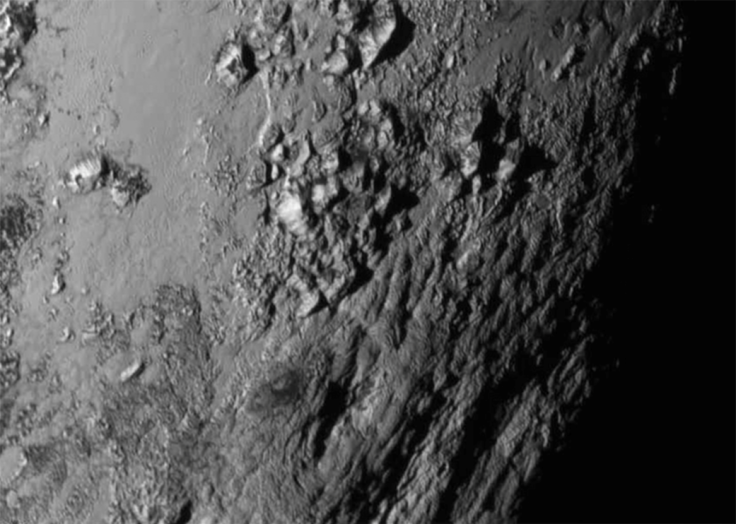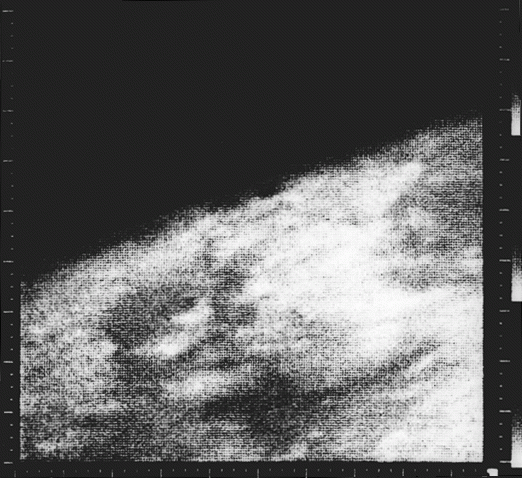After NASA New Horizons Pluto Flyby, A Reminder Of How Far We've Come Exploring Our Solar System

You may have heard, but something incredible happened with Pluto on Tuesday. No, it's still a dwarf planet, but NASA's New Horizons made its flyby and successfully phoned home after the historic mission. The spacecraft sped by Pluto at 30,800 miles per hour and spent the short time around the dwarf planet snapping photos and collecting a whole lot of valuable science data. With our best look at Pluto yet, let's take a look back at some amazing before-and-after images of the eight planets in our solar system.
On Tuesday, New Horizons completed the initial reconnaissance of our solar system and delivered some incredible images of Pluto, Charon and even the small moon Hydra. Pluto has ice mountains and a heart-shaped area dubbed Tombaugh Regio after the discoverer of the dwarf planet. Prior to New Horizons, our best glimpse of Pluto was a blurry Hubble Space Telescope photo.
On July 15, 1965, Mariner 4 gave us the first close-up image of Mars. Over 50 years, orbiters have traveled past every planet and have redefined our understanding of these objects. The Pioneer missions gave us our first views of Saturn and Jupiter while Voyager 2 gave us unprecedented images of Neptune and Uranus. Mercury 10 was showing us what the two planets closest to the sun -- Mercury and Venus -- looked like. More recently, Cassini has been blowing minds with incredible images of Saturn.
Mercury
Venus
Earth
Mars
The first photographs of Mars were taken by Mariner 4 in 1965. Now, with Curiosity on-planet sending us high definition panoramic video, we can't begin to compare the before and after photos.

Jupiter
Saturn
Uranus
Neptune
Last but not least, the dwarf planet, Pluto
© Copyright IBTimes 2024. All rights reserved.





















